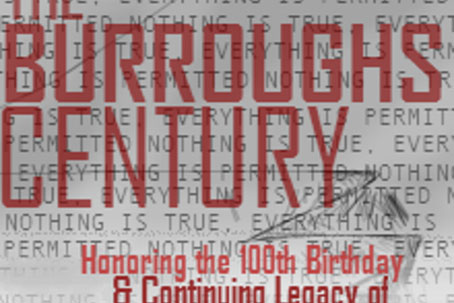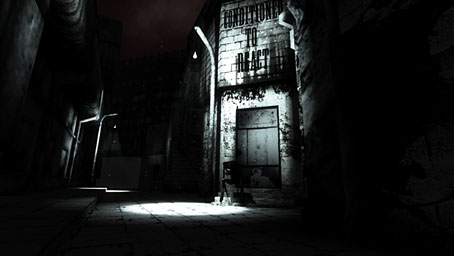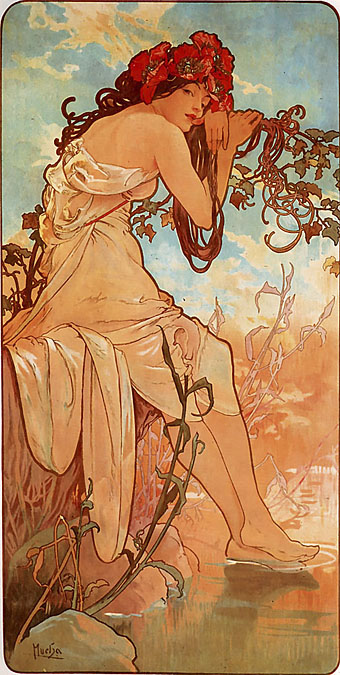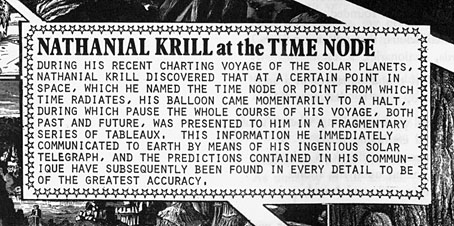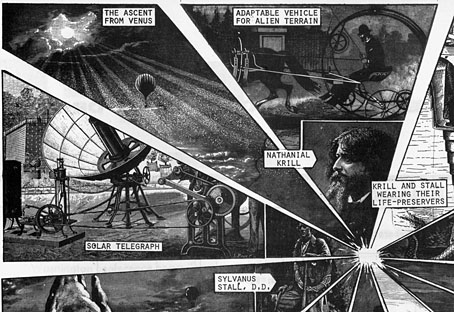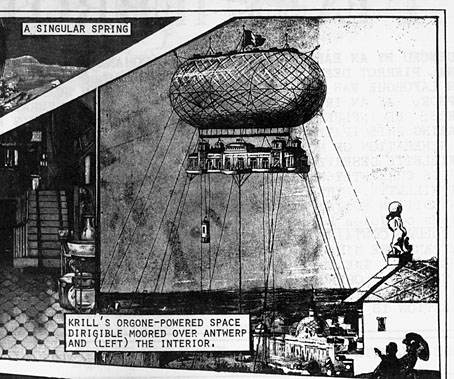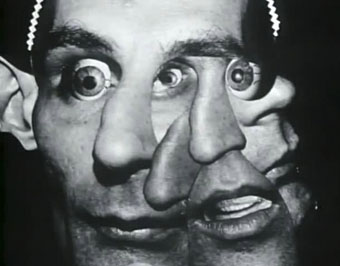
Cover illustration by Gray Morrow, 1967. One of the less exploitative examples from a collection of hippy book covers.
• Ten Photographs by Alain Resnais: Mise en scène of Memory, Aesthetics of Silence by Ehsan Khoshbakht. In the comments to that post someone shows an old Penguin book with cover photos by Chris Marker. This confirms that the “C. Marker” whose name I found on the back of another Penguin book was indeed Monsieur Chat.
• There’s more (there’s always more…): Cornelius Castoriadis interviewed by Chris Marker in 1989, the complete footage of an interview edited down for Marker’s TV series L’héritage de la chouette (The Owl’s Legacy). Watch the series itself at YouTube.
• “A generation of innovators want to change the way we have sex and consume porn, but Google, Apple, and Amazon won’t let them,” says Andrea Garcia-Vargas. Related: Sam Biddle on how Tumblr is pushing porn into an internet sex ghetto.
• Mix of the week: the Chop Quietus Mix, “a jagged journey all the way from Broadcast to the uneasy thrum of Suicide, kosmische flavours from Popol Vuh and Cluster, Alexander Robotnik and many more.”
• Strange Flowers looked back at The Student of Prague: “the first art film, the first horror film and the first auteur film”, and now a century old.
• Clive Hicks-Jenkins talked to animator Barry Purves about the pleasures and difficulties of creating animated films for adults.
• Mazzy Star released a song, California, from their new album which arrives in September. Can’t wait.
• Suzanne Ciani, “American Delia Derbyshire of the Atari Generation” explains synthesizers, 1980.
• Christer Strömholm‘s photos of Parisian transgender communities in the 1950s.
• What are These Giant Concrete Arrows Across the American Landscape?
• How Kiyoshi Izumi built the psych ward of the future by dropping acid.
• Alan Moore: The revolution will be crowd-funded.
• Suzanne Ciani: Lixiviation | The First Wave—Birth Of Venus (1982) | The Eighth Wave (1986)

